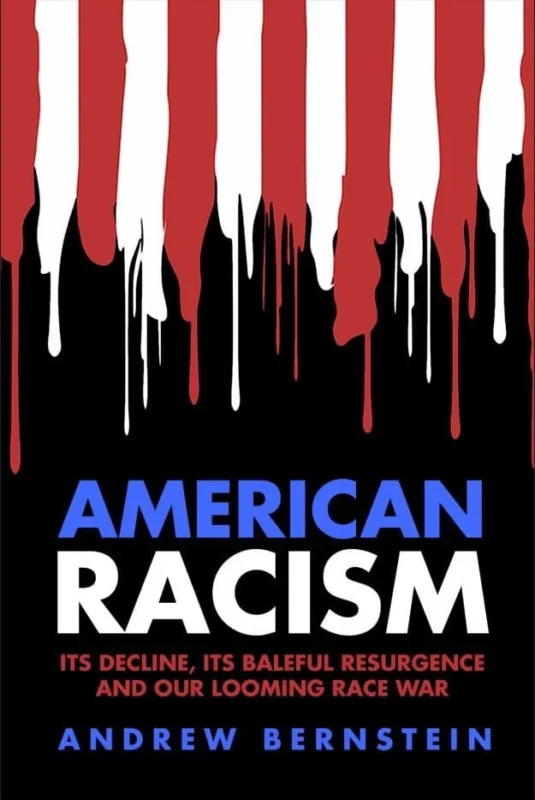This week, in the second in a series of less-than-impressive press conferences, Fed Chairman Ben Bernanke offered market observers little hope that any additional quantitative easing programs are on the horizon. The Chairman continues to cling to the position that the economy is improving (with the recent “soft patch” attributable to external forces) to the extent that additional Fed support will be unnecessary. Left unsaid was any guidance as to who the Chairman believes will buy the massive amounts of Treasury debt formerly swallowed up by the QE II program?
The logical conclusion is that Bernanke believes that there will be massive private sector demand for U.S. Treasury securities. If so, how long can it be expected to last? If the economy improves, as Bernanke expects, would it not be logical to assume that private investors would direct capital to more promising sectors than ultra low yielding U.S. sovereign debt? Clearly something does not add up. Judging by the Chairman’s halting delivery and sheepish demeanor, it appears as if he knows his position is untenable.
We have argued repeatedly that the inflation created by the unprecedented Fed monetary expansion remains hidden beneath the larger deflationary forces of a major recession. When banks inevitably start more aggressively pushing their Fed-supplied funds out to the broader economy through increased lending will the full inflationary impact of quantitative easing be felt.
If the Fed were true to its word, and could hold in abeyance any additional quantitative easing programs, inflationary concerns would justifiably drop and precious metal prices should be expected to dip. Given that many market participants are giving credence to these intentions, this very well may happen in the short term.
However, we do not believe that we have seen the last of QE. In fact we see the launching of the next monetary juggernaut as a nearly foregone conclusion. It is very likely that if the economy fails to improve as Bernanke anticipates he will reflexively reach again into his monetary bag of tricks. Nothing he has said has ruled out another round. If the door remains open, we should assume he will use it if the going once again gets rough.
For now however, the global winds may strengthen Bernanke’s hand. New and troubling developments in the long running Greek debt crisis have unleashed a knee jerk “flight to quality.” Investors have purchased U.S. dollars, giving it unexpected and to some extent unwarranted strength. More significant demand for U.S. Treasuries pushed yields down to fresh lows for the year.
Today, one-month bills earn only 0.01 percent. Five-year Treasuries yield only 1.48 percent, ten-year less than 2.9. These historically low yields are killing living standards of retired and middle-income investors who rely heavily on interest generated from bonds. Although the returns are minimal, these securities are nevertheless dangerous. They are backed by a government that has over $100 trillion of unfunded debt, whose published Treasury debt is forecast to reach 70 percent of GDP by year end, and which has embraced currency debasement as a national economic policy. When market perceptions focus more intently on these risks, and when the more meaningful returns offered by other asset classes become irresistible, private demand for Treasuries will evaporate.
But there is no logical scenario that will allow the status quo to persist. If the economy improves, inflation will flare and risk assets will become more attractive. This will reduce demand for Treasuries, and cause interest rates to rise, thereby impelling the Fed to launch more QE in a single handed effort to keep U.S. interest rates low. On the other hand, if the economy continues to deteriorate more, QE will be “needed” to keep the current recession from becoming a depression.
Either way, those betting that a Fed retreat from intervention will push up the dollar over the long term, or spell the end to surging inflation expectations, will likely be disappointed.






